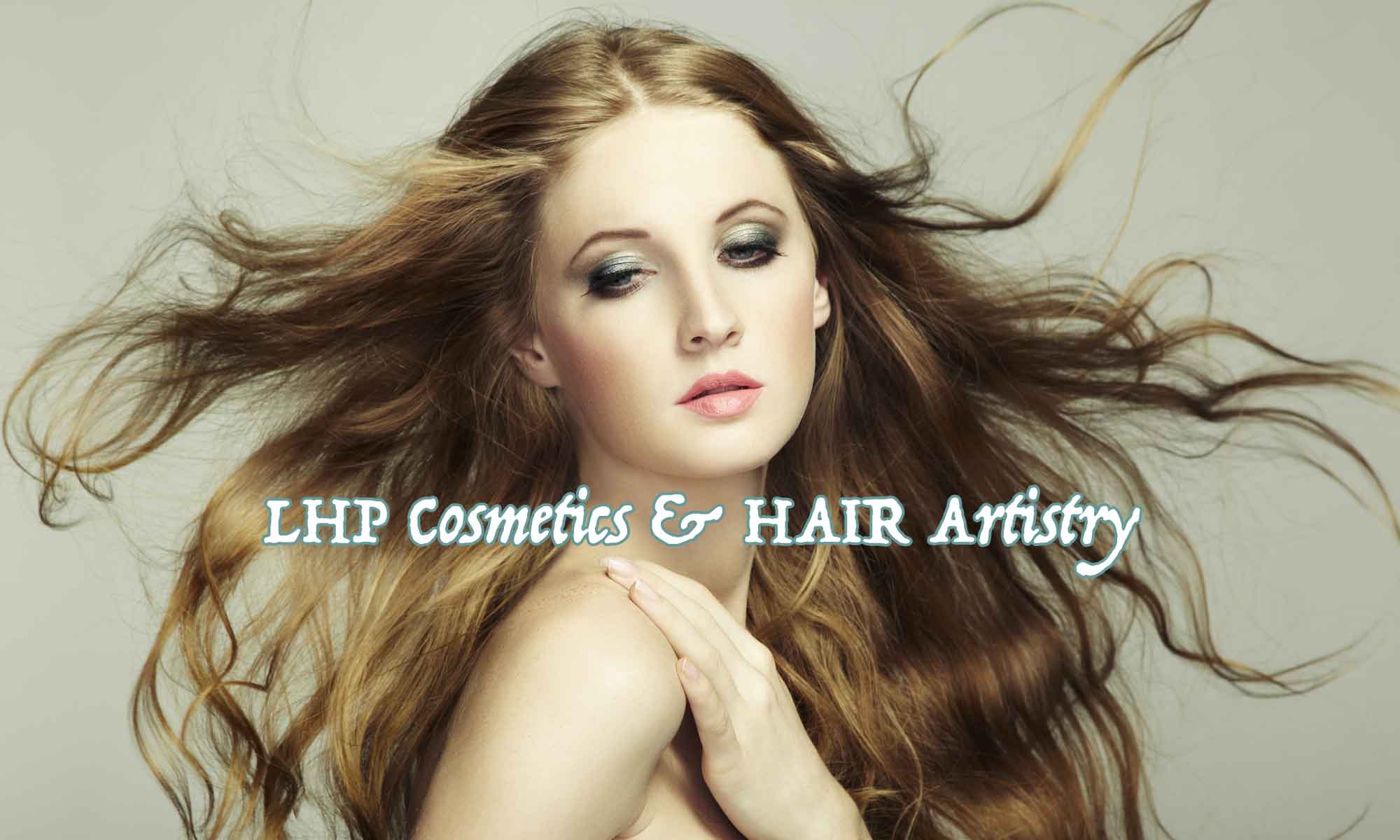Body Art:

Tattoo art has been around for over 5000 years originating in Tahitian, Polynesian, and African cultures. For centuries people have used tattoos for spiritual, religious and cultural reasons. The word tattoo became popular in Europe and the West in 1769 when the explorer Joseph Banks published a journal about the natives from the South Pacific and their beautifully adorned bodies.
In conventional tattoo art, the artist uses pure tattoo ink. These are strong and vibrant primary colors that last a lifetime. Body art may fade a little with time but it’s pretty much a forever thing. This is not the case with cosmetic tattooing.
For cosmetic tattooing we use pigment, not pure tattoo ink. The ingredients for body art ink are carbon (soot or ash), antimony, arsenic, beryllium, calcium, lithium, selenium, and sulphur. Tattoo ink manufacturers blend metal colorants or use lightening agents such as lead or titanium to reduce production cost.
Typically, none of these ingredients are used in cosmetic tattooing pigments. The ingredients listed are strong and contain heavy metals. This is one of the reasons body art lasts forever. Some of these ingredients are toxic. It’s up to each of us to do our own research and determine if these services are in your best interest.
Cosmetic Tattooing:
It wasn’t until the 1960’s that tattoo art was used for cosmetic and medical purposes. Back in those days pure tattoo ink was used and clients looked terrible, clownish even.
Today, in cosmetic tattooing we use pigments instead of ink. Pigments are soft tertiary colors. The chemical composition of tertiary colors are much weaker than primary colors so the work we do for you looks like makeup and not body art on your face.
Pigments are comprised of Iron Oxide (inorganic) and Lakes (organic). Both of these are used in permanent makeup. The reason iron oxide is used for cosmetic tattooing pigments is because it is the most stable and the most common of all of the elements. It’s nontoxic and has a variety of colors available to technicians. It is also the most commonly used coloring agent in traditional cosmetics, foods, medications and skin care for over a century. Iron oxides are inert, innocuous, and non-reactive which means they are harmless and safe. Other ingredients used in permanent makeup are distilled water, ethyl alcohol, and glycerin. All of these ingredients listed are gentle and not nearly as potent as the ingredients used in body art.
For this reason, cosmetic tattooing does not last forever like body art and should be re-done once a year, especially if you live in the South where the sun and UV rays are strong. If you live in a Northern State you might get two or three years out of it. It’s called “permanent” makeup because there are forever remnants of color in your skin, but it lightens considerably with time and needs to be re-applied.
